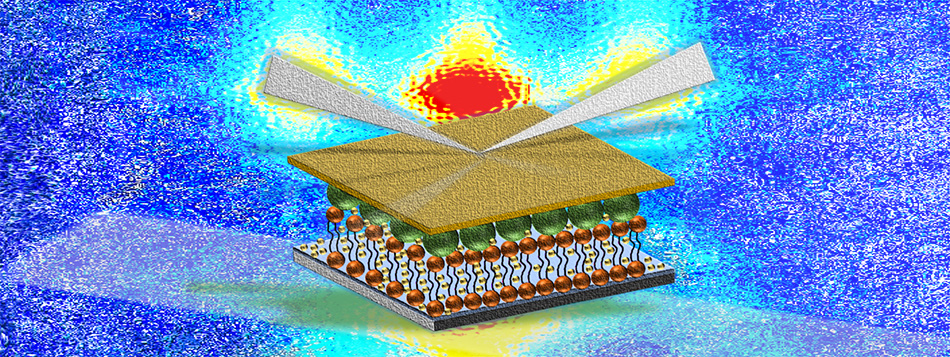Sprecher
Beschreibung
Pt/Co/Pt and Pd/Co/Pd heterostructures with perpendicular magnetic anisotropy (PMA) are traditionally used for magnetic recording to achieve high magnetic data storage density. PMA can be tuned by e.g. thin film thickness, strain, ion bombardment or temperature. Recently, it has been shown that the absorption of hydrogen in the heavy metal modifies the interfacial spin-orbit coupling and hence reduces the PMA.[1-3] As a result, reversible and non-destructive toggling of the easy axis of magnetization between in-plane and out-of-plane orientation at room temperature was demonstrated in a Co/GdOx all-solid-state device for magnetic hydrogen sensing.[4]
Polarized neutron reflectivity is an effective tool for studying the hydrogen uptake and its impact on the magnetic properties in PMA systems.[2, 5] Recently, resonance enhanced polarized neutron reflectometry (RNR) has proven to be a quantitative method for the determination of the hydrogen concentration with with a possible time resolution in the sub second (or few 10 millisecond) to few seconds regime. [6]
In this contribution we report the results of RNR experiments on hydrogen uptake in a Pt/Co/Pt trilayer sandwiched by 25 nm Nb layers on MgO(001) substrates fabricated by molecular beam epitaxy. Furthermore we discuss the differences in Pt/Co/Pt and Pd/Co/Pd trilayers with respect to their magnetic properties and hydrogen uptake.

